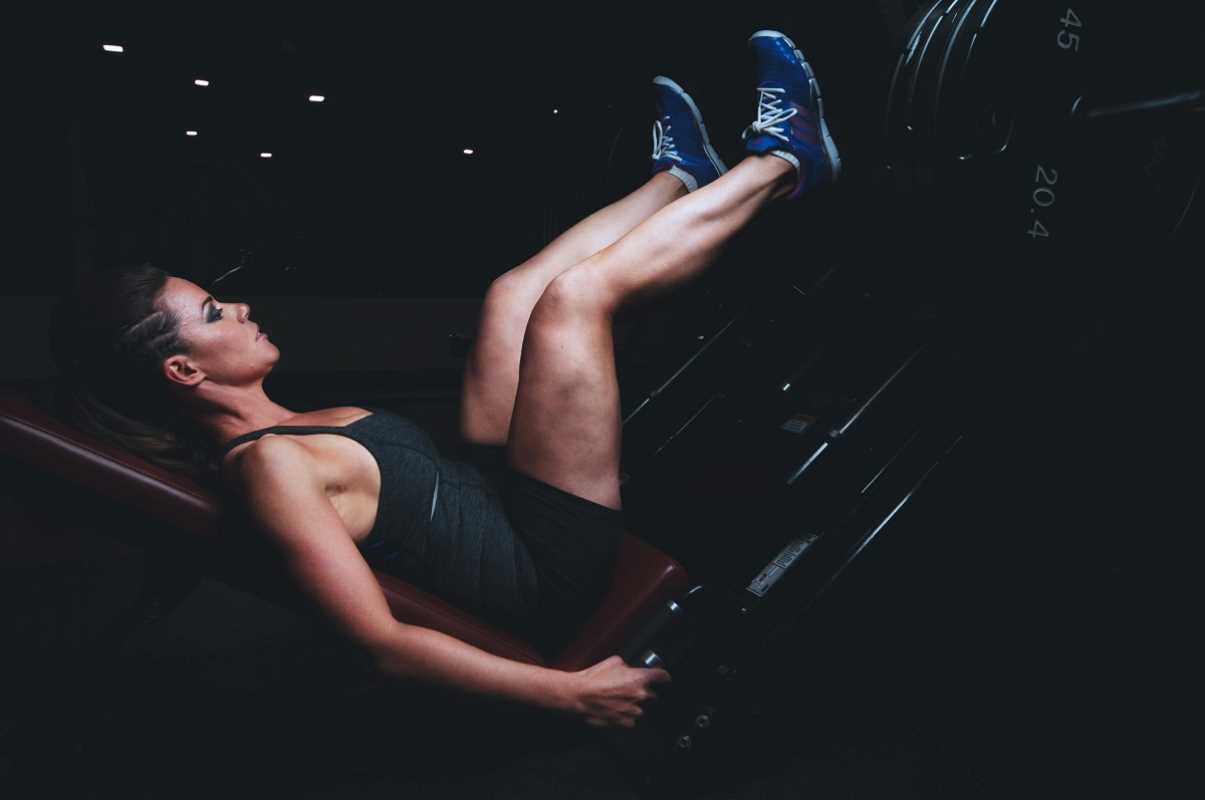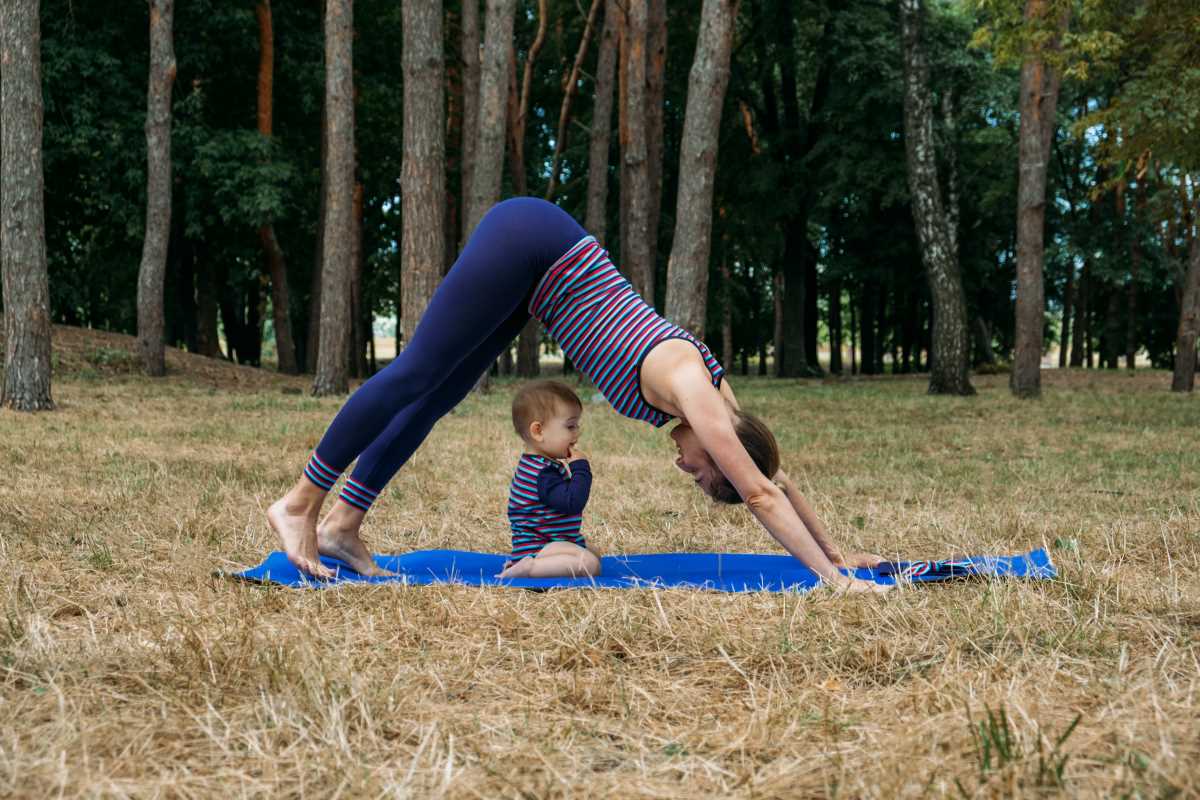Strength training can be as much an art as it is a science. While full-body and compound movements often steal the spotlight for their efficiency and functional benefits, isolation exercises have unique strengths that make them a valuable addition to any fitness routine. By focusing on working one muscle group at a time, isolation exercises allow you to hone in on specific areas, correct imbalances, and methodically build controlled strength.
Whether you're looking to bring up a lagging muscle, recover from injury, or simply refine your gains, isolation training has a role to play. This guide will explore the concept of isolating muscle groups, how it differs from compound movements, and what it can do for your fitness goals.
What Is Muscle Isolation Training?
Muscle isolation training targets one specific muscle or muscle group during an exercise. Unlike compound movements, which work multiple joints and muscles simultaneously, isolation exercises minimize involvement from other muscles. This sharp focus allows you to stretch, strengthen, and grow a particular muscle, making it the star of your workout.
How Does It Work?
Isolation training typically involves movements through a single joint. For example, a bicep curl works primarily the biceps, while a leg extension focuses on the quadriceps. By isolating a muscle in this way, you can better control its activation and progression, especially when paired with lighter weights and stricter form.
Isolation Training vs. Compound Movements
It’s important to understand how isolation and compound exercises differ and why they complement each other.
Compound Movements
- Examples include squats, deadlifts, push-ups, and pull-ups.
- Work multiple joints and engage multiple muscle groups simultaneously.
- Great for building overall strength, coordination, and functional fitness.
Isolation Movements
- Examples include bicep curls, tricep extensions, and hamstring curls.
- Focus on one muscle group at a time, allowing for greater control.
- Beneficial for addressing weaknesses, muscle imbalances, or rehabilitation.
While compound movements are crucial for building foundational strength and efficiency, isolation exercises add precision to your training.
Benefits of Isolating Muscle Groups
Why should you include isolation exercises in your routine? Here’s what makes them effective and worth the effort.
1. Correct Muscle Imbalances
If one side of your body is stronger than the other or a smaller muscle is underutilized during compound movements, isolation training can help. For example, single-arm bicep curls can balance strength between your dominant and non-dominant arms.
2. Target Weak Areas
Sometimes, a specific muscle lags behind, holding back progress. Isolation exercises allow you to give that muscle extra attention, for instance, targeting the rear delts to improve your bench press form.
3. Rehab and Recovery
Isolation training is often prescribed for injury rehab since it minimizes strain on surrounding joints and focuses on rebuilding strength without compensatory movements.
4. Aesthetic Benefits
For bodybuilders or anyone with physique-related goals, isolation exercises are key for shaping and defining specific muscles. Think tricep pushdowns for well-defined arms or calf raises for sculpted lower legs.
5. Better Focus and Mind-Muscle Connection
By zeroing in on one muscle, you can develop a stronger mind-muscle connection. This helps you engage the targeted muscle more effectively, leading to better performance in all exercises.
Examples of Isolation Exercises
Here’s a breakdown of popular isolation exercises for major muscle groups that you can incorporate into your routine.
1. Chest
- Cable Flys: Works the pectorals by stretching and contracting them through a controlled range of motion.
- Pec Deck Machine: Isolates the chest in a supported seated position, perfect for beginners.
2. Back
- Lat Pulldown (Underhand Grip): Focuses on isolating the latissimus dorsi, especially when paired with a controlled tempo.
- Straight-Arm Pulldown: Excellent for targeting the lats without relying on the biceps for pulling.
3. Biceps
- Bicep Curls: Whether done with dumbbells, barbells, or cables, bicep curls are the gold standard for building stronger arms.
- Concentration Curls: A seated variation ensures complete focus on the biceps without assistance from other muscles.
4. Triceps
- Tricep Kickbacks: Trains the triceps in full extension with excellent accuracy.
- Overhead Tricep Extensions: Engages all three heads of the triceps for comprehensive development.
5. Shoulders
- Lateral Raises: One of the best ways to isolate the lateral head of the shoulder for a sculpted look.
- Reverse Flys: Targets the rear delts, an often-overlooked area critical for balanced shoulder strength.
6. Legs
- Leg Extensions: A favorite for isolating the quadriceps, effective in both strength building and rehab.
- Hamstring Curls: Focuses entirely on the hamstrings, either prone or seated on a curl machine.
7. Core
- Crunches: Simple, effective, and perfect for isolating the upper abs.
- Hanging Leg Raises: A challenging way to target the lower abs.
How to Incorporate Isolation Exercises into Your Routine
Isolation exercises shine when used strategically in a balanced workout plan. Here’s how to include them without sidelining your compound lifts.
1. Use Them as Accessories
Pair your isolation exercises with compound lifts to complement your workout. For example, after doing squats, add leg extensions to further exhaust the quadriceps.
2. Focus on Form, Not Weight
With isolation movements, proper form trumps heavy weights. Use lighter loads, slow tempos, and controlled movements to feel the target muscle working.
3. Schedule Smart
Avoid stacking too many isolation exercises in a single session. Instead, dedicate 2-3 exercises to key areas you want to target or improve.
4. Add Them to Recovery Workouts
Lighter isolation exercises can double as active recovery, promoting blood flow without overstraining tired muscles.
5. Match Them to Your Goals
- Strength-focused: Choose a moderate weight with 8–12 reps.
- Hypertrophy (muscle growth): Use slightly heavier weights with 10–15 reps.
- Endurance: Opt for lighter weights and 15+ reps.
Common Mistakes to Avoid
To maximize the benefits of isolation training, steer clear of these common pitfalls:
- Overloading: Too much weight can compromise form and increase injury risk.
- Rushing Movements: The goal is precision, so avoid swinging or jerking motions.
- Neglecting Compound Lifts: Isolation exercises should complement, not replace, compound movements in your routine.
 (Image via
(Image via





